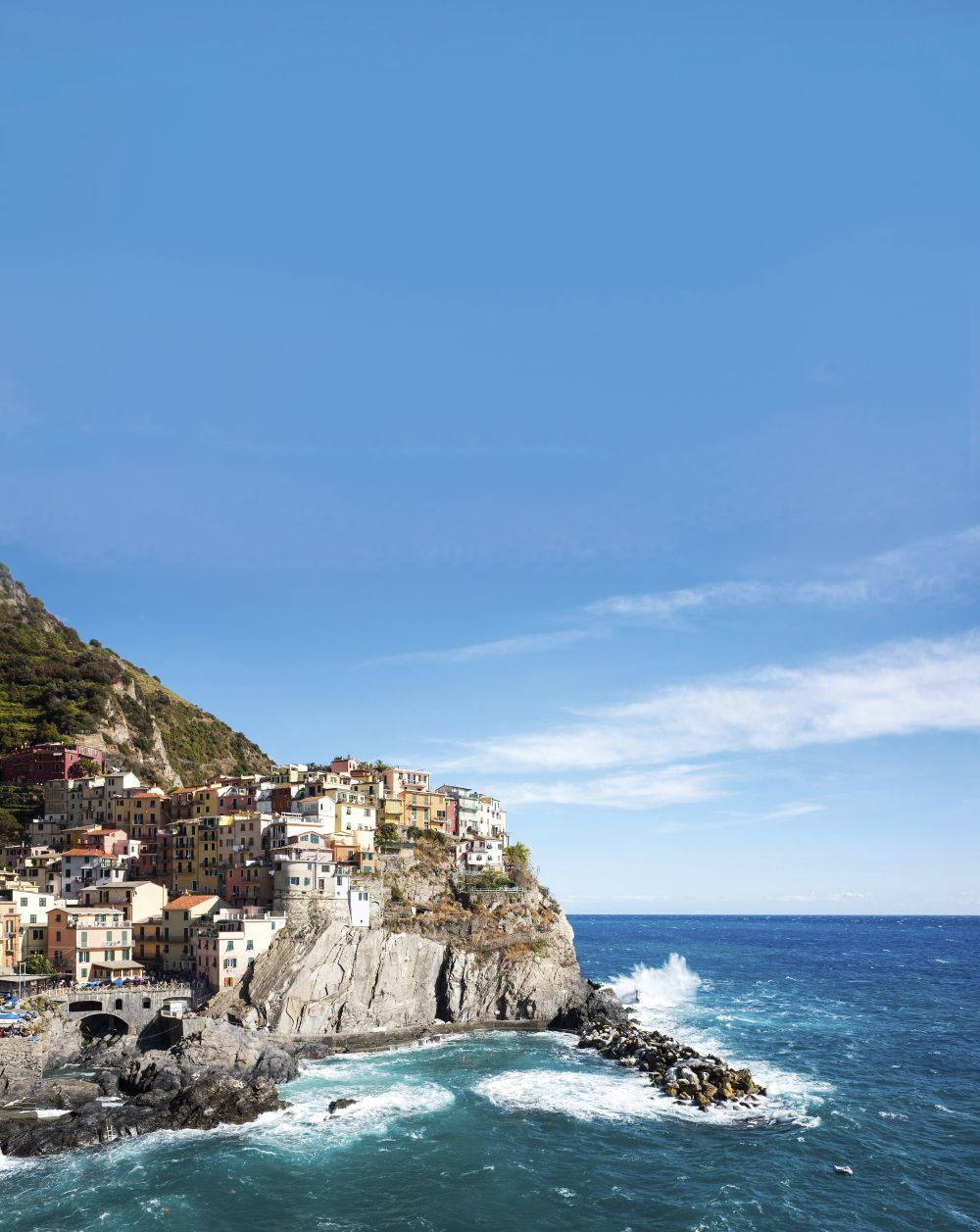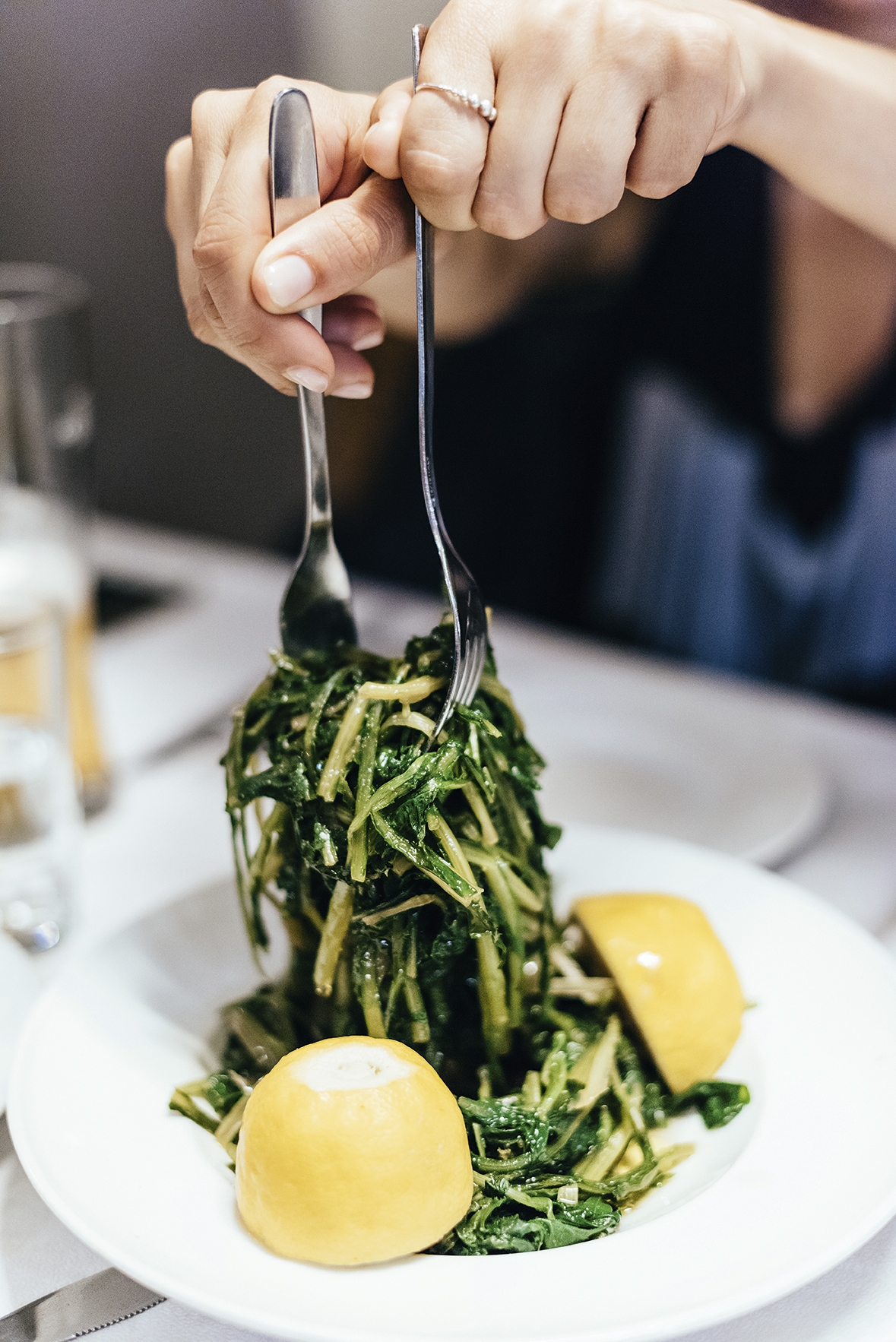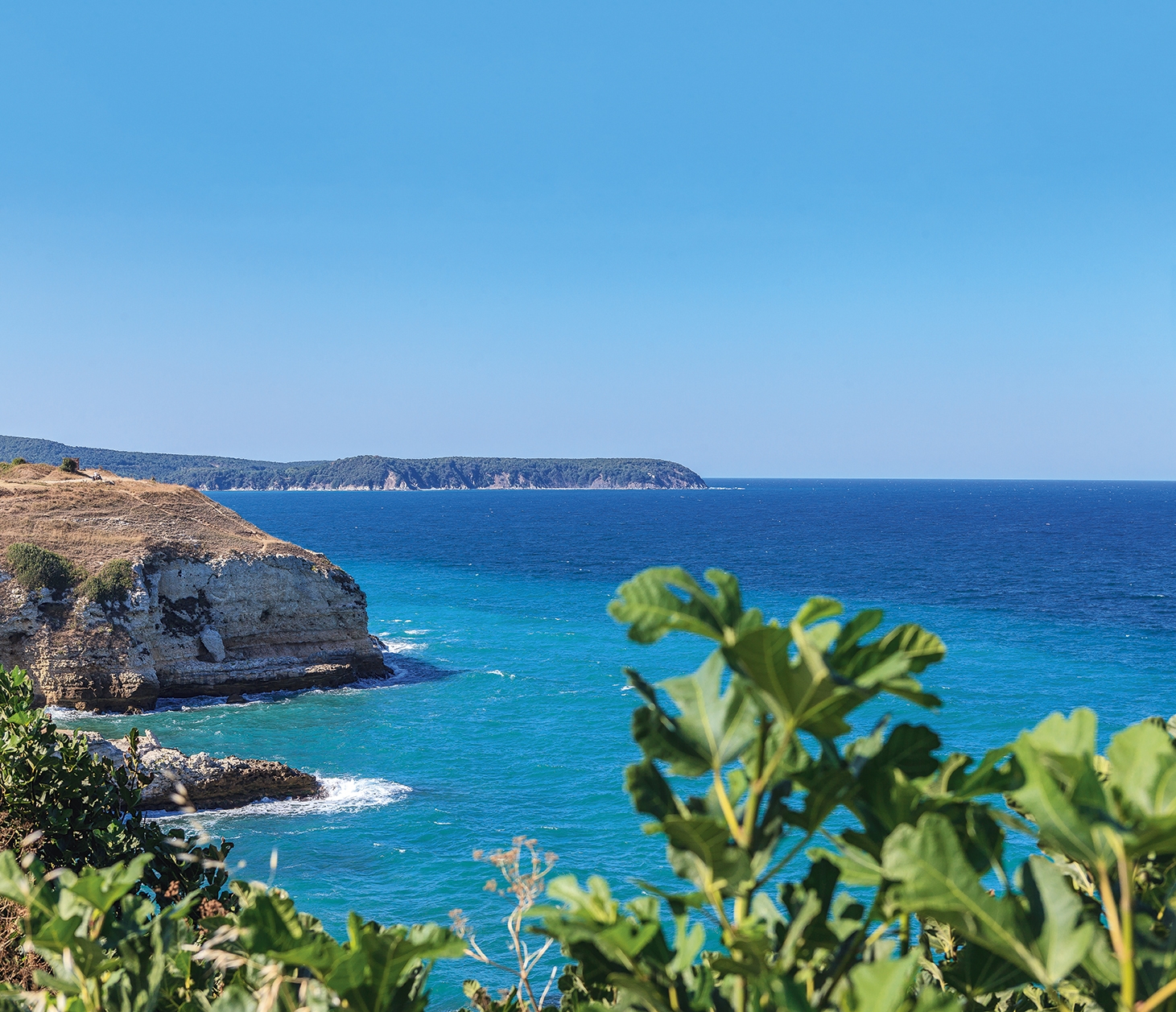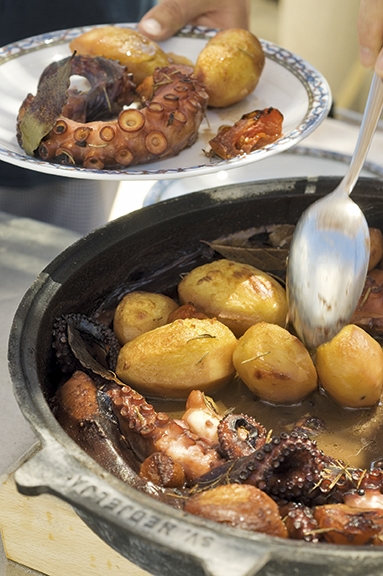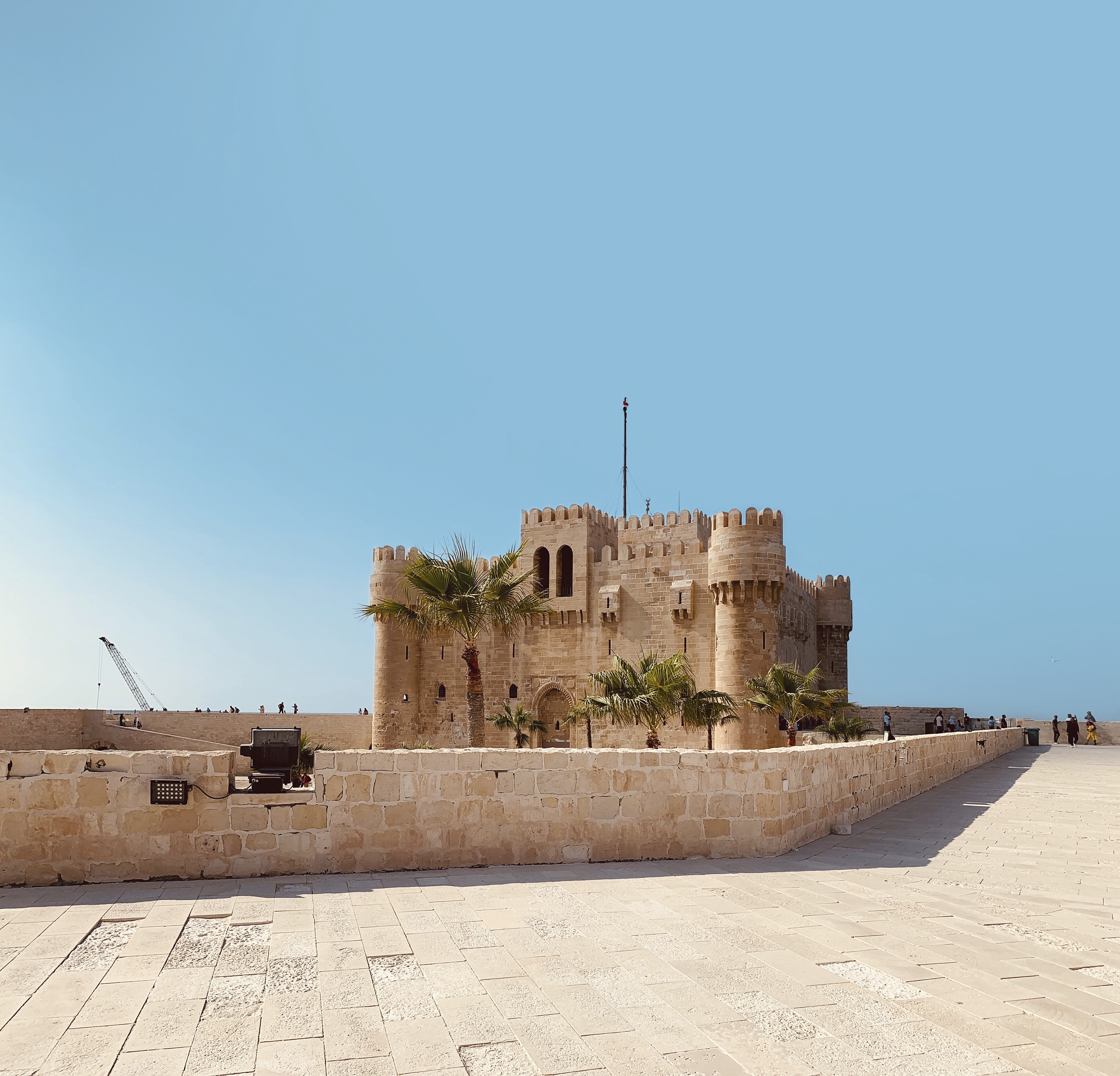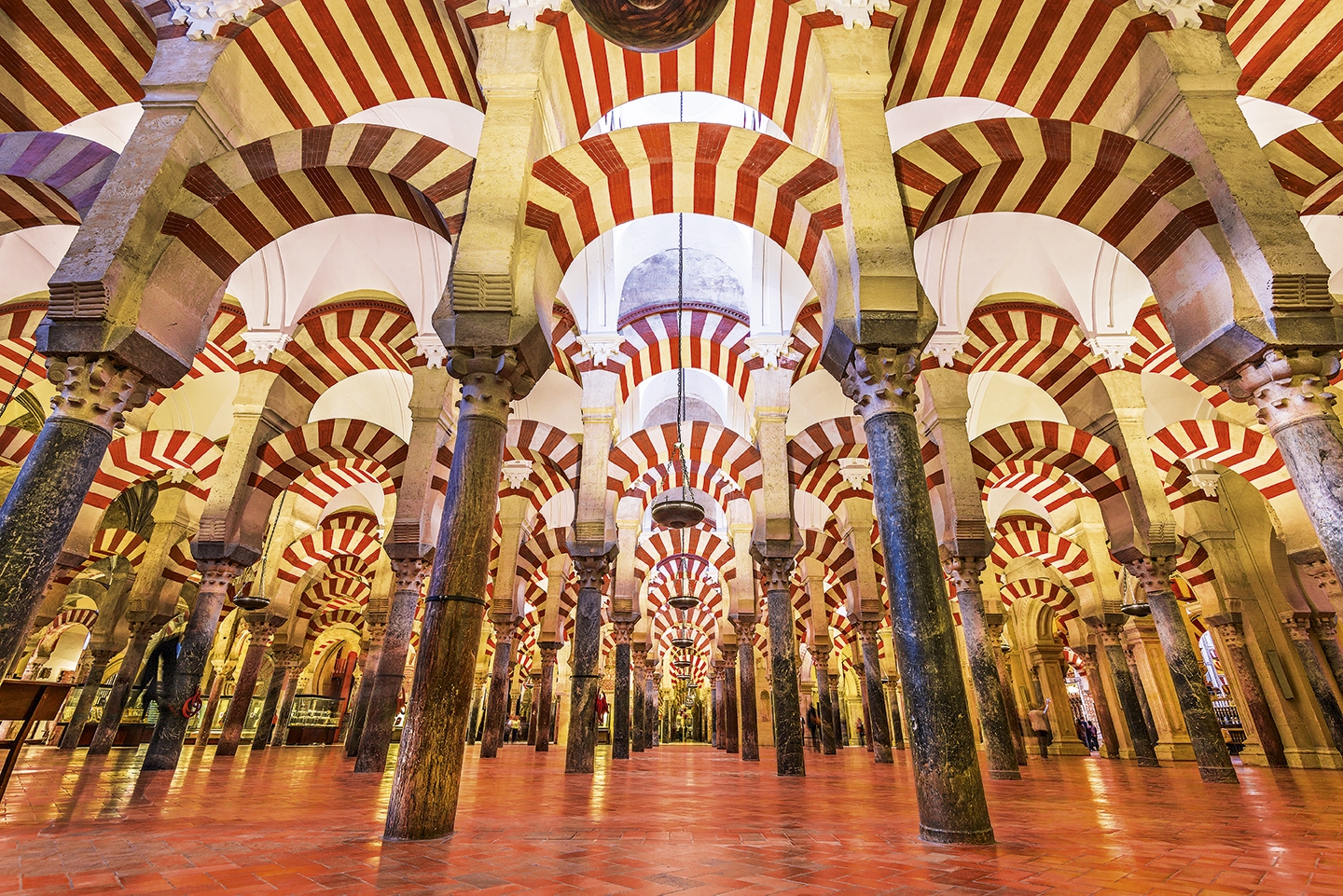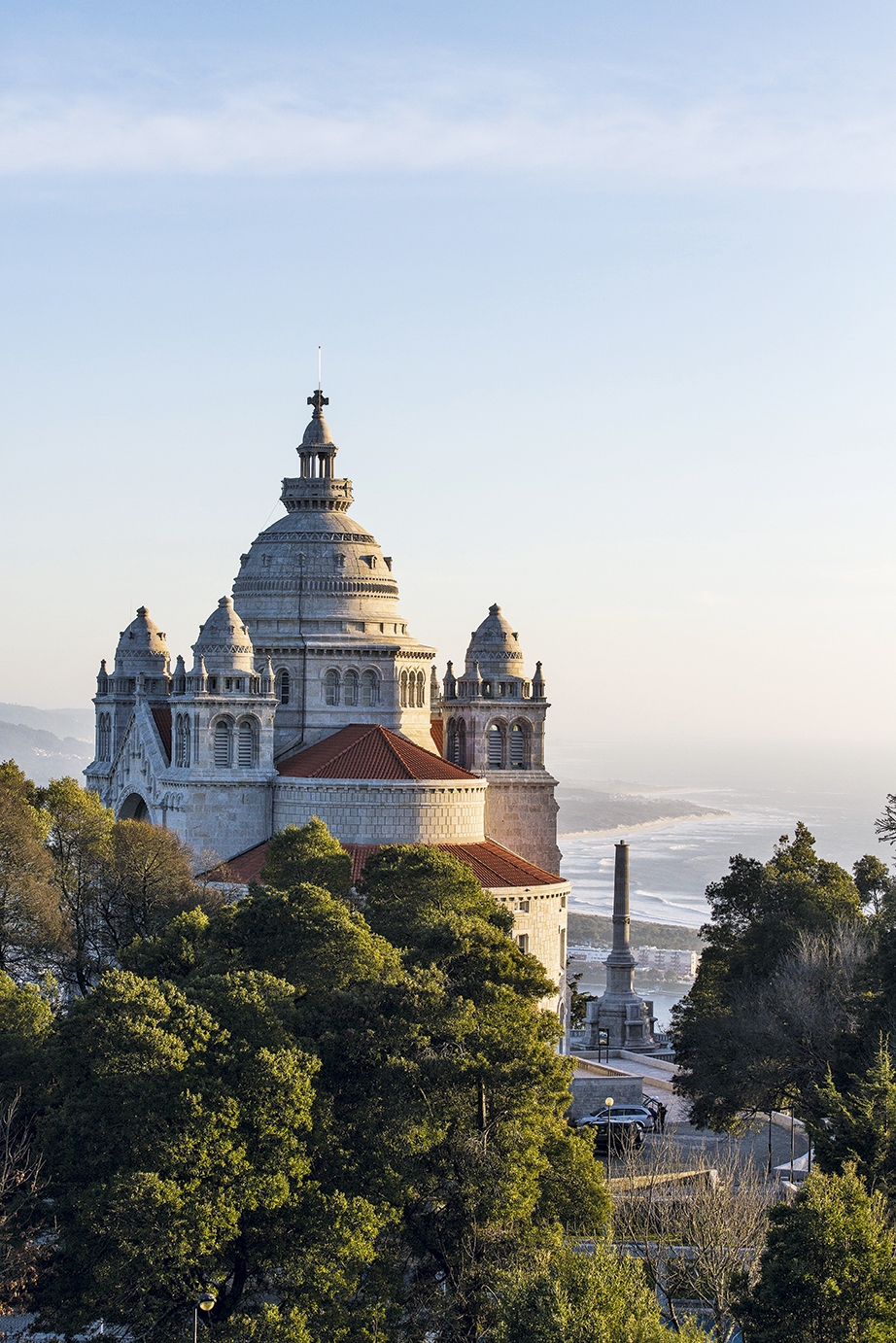CÓRDOBA SPAIN
The high-speed train ride from Madrid takes less than two hours (at 400km, it’s more like four hours by car), making it a surprisingly easy journey to the Moorish delights of the ancient Andalusian city of Córdoba. The scenery here is impressive but also serves as a stark contrast to the stunning architectural sights: at its heart stands the Great Mosque, once the most important building when Córdoba was the capital of Islamic Spain, and now the decidedly Roman Catholic Cathedral of Our Lady of The Assumption.
It’s perhaps apt since the city was founded by the Romans but, as a key port on the River Guadalquivir, Córdoba has been controlled by many different factions – and been home to a vast mix of religions and cultures over the ages. This rich history is evident as you wander throughout the city, with other impressive landmarks to explore here including the Synagogue, the Roman Bridge and the Calahorra Tower, the fortified gate on its southern side, as well as Caballerizas Reales, the royal stables, which housed and bred the best Andalusian horses and where you can still witness horse shows.
But there’s far more to this destination than such recognised tourist sights, which is perhaps why it’s so highly rated with locals. The Old Town has been officially declared a World Heritage site and it’s very much a city to get lost in, particularly in spring when the smell of jasmine fills the air. The narrow streets that snake outwards from the Mosque-Cathedral once housed Córdoba’s Jewish and Islamic populations, but are now dotted with intimate tapas venues and lively bars, where visitors can enjoy local cheeses, hams and wines plus specialities like flamenquín (pork fried in breadcrumbs), salmorejo – a cold, thick, tomato-based soup akin to gazpacho – and another refreshing option, mazamorra, a cooling soup made with blanched almonds, bread and garlic.
Córdoba is home to a number of local festivals and fiestas, and May is the time for perhaps the most famous of these, the Patio – or Courtyard – Festival. In the Moorish tradition, building exteriors can be plain, while inner, private spaces can be spectacular: during the Patio Festival, locals open their courtyards to public view, in a riot of colourful flowers, fountains and trees.
Accommodation options around the city are plentiful, from the historical, boutique charms of Hospes Palacio del Bailío hospes.com/en/palacio-bailio – think 16th-century architecture, marble corridors and orange trees – to the more contemporary appeals of Marriott’s AC Hotel Córdoba marriott.co.uk which is conveniently located close to the railway station.

